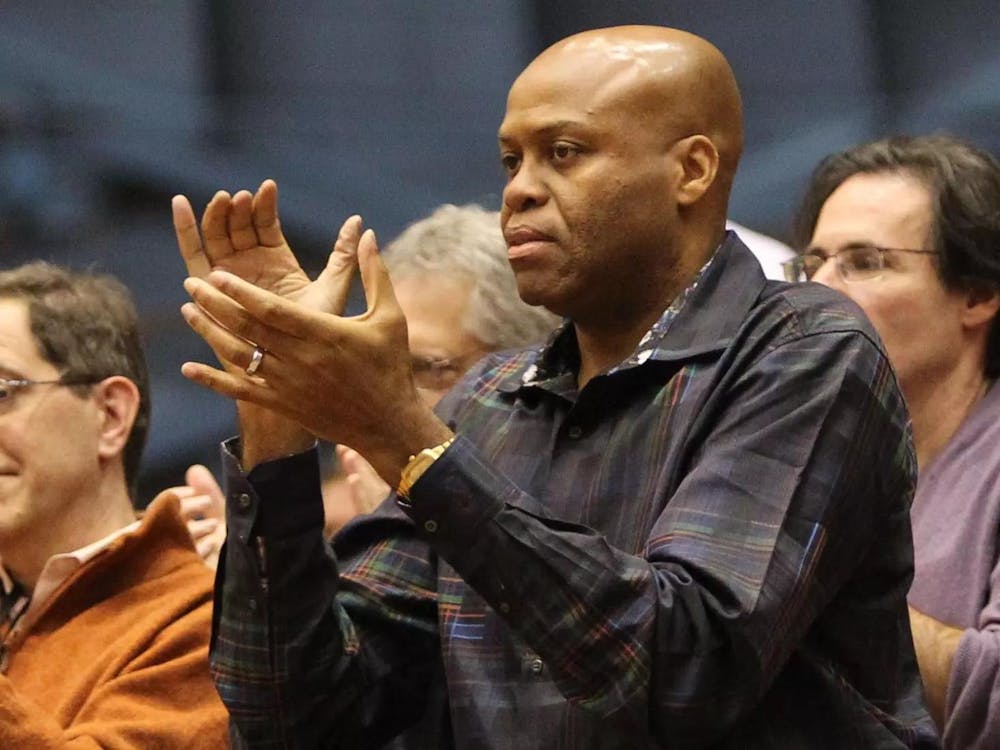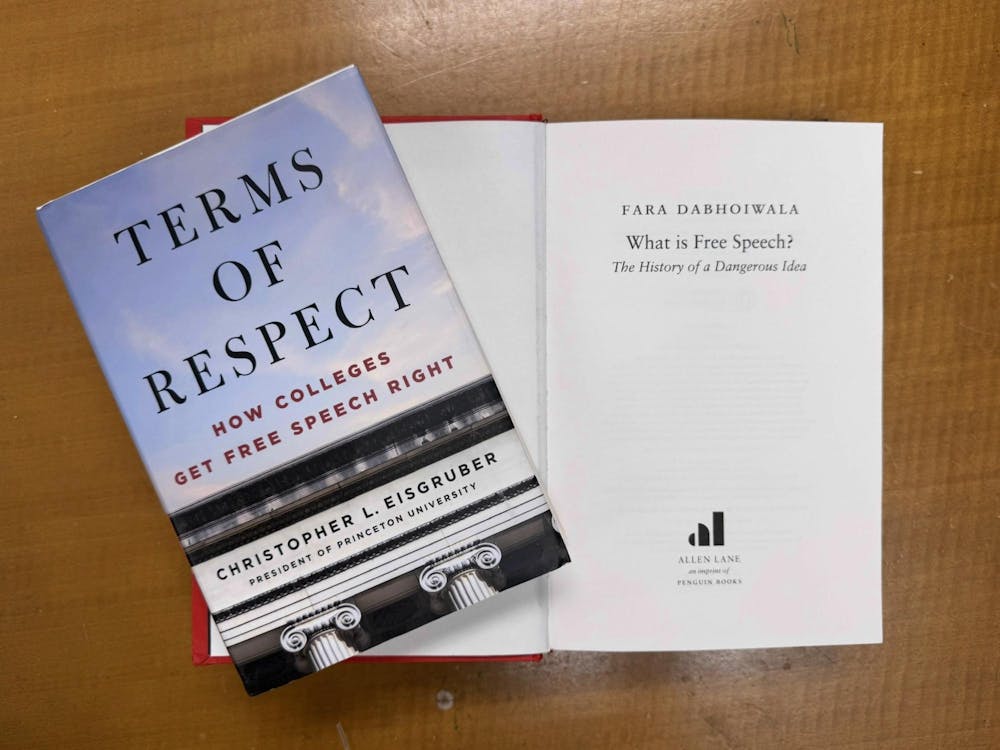After receiving negative feedback from students last spring, instructors have restructured the lecture format of COS 226: Data Structures and Algorithms this fall. The new organization allows students to choose among attending in-person lectures, viewing recorded lectures on online learning platform Coursera or attending one supplementary “flipped lecture” a week.
COS 226 was first offered on Coursera during the spring of this year through videos created by computer science professor Robert Sedgewick, a vocal proponent of online education. Sedgewick has also taught the course and designed other materials for it, including the textbook and lecture slides.
“The purpose of the University is the dissemination of knowledge, and this seemed like a fine opportunity to do that,” Sedgewick said of Coursera.
Last semester, computer science lecturer and course instructor Joshua Hug decided to incorporate Coursera materials into the COS 226 curriculum by replacing seven regular lectures with “flipped” lectures throughout the semester. Before these lectures, students were required to watch the corresponding video on Coursera in preparation for active learning activities, problem solving and Q&A in class, according to the course website.
This fall, flipped lectures no longer replace in-class lectures but are offered as a supplement.
“There was one guy, after the first survey, said it was the coolest thing he’d ever done. He really wanted to take us to lunch,” Hug said. “Other people were like, ‘This is the worst thing to happen to education. I want to die.’”
While some students appreciated the interactivity, others were burdened by the amount of prep time required for a flipped lecture.
“Going into it, I wasn’t so sure about flipped lectures because it means that students have to do more … and instructors have to do more. And I didn’t think that was right. That’s why we try to come up with a balance,” Sedgewick said.
Mark Fillmore ’15, a COS concentrator who took the course in the spring, said that while some of his classmates found that Coursera lectures were not very engaging, he appreciated this resource, as there was a drastic difference in his understanding of the lecture material if he watched the Coursera video beforehand.
Due to the very negative reaction from some students, Hug opted to offer a weekly optional flipped lecture this fall in addition to, rather than replacing, the regular lectures so as to accommodate students of both learning preferences.
“I wanted to give everyone what they wanted, if possible,” Hug said, adding that he decided he didn’t want to alienate the “small but significant number of students who were really, really underserved by the flipped model.”

The flipped section sees a significantly smaller attendance than does the regular lecture, with around 20 to 30 attendees rather than around 140 students. As Hug explained, students seem satisfied with the course organization this semester.
Ellen Zhou ’16, an electrical engineering concentrator currently enrolled in COS 226, explained that she found the flipped lectures to be very helpful. “We don’t go over the same material, and we go more in depth … and the main thing is that we’re able to clear up any confusion that we have.”
Although Zhou attends regular lecture, she said that she “really likes the Coursera lectures” because they provide another source from which to study independently and explain the material from another point of view.
Despite the divided reception by COS 226 students, flipped lectures could provide students the opportunity to more deeply explore course material in lecture.
As opposed to the traditional teaching model, flipped courses devote the majority of time to the analysis, evaluation and application of material rather than ensuring that students understand and remember key concepts, COS 226 lecturer Ananda Gunawardena explained. Gunawardena has also designed an online repository of courses to teach professors how to flip classes.
“In a large lecture hall, you really don’t get any attention from the instructor ... We have 50 slides that we need to get through, and there’s no time for discussion in class. So the flipped lecture is a way for this discussion outside of class,” Gunawardena said.
Hug noted the benefit of flipped lecture for giving students the most efficient possible use of their time.
“It moves at a certain pace, and if you fall behind, I guess the next 60 minutes you’re in class are going to be kind of pointless,” Hug said in reference to the regular lecture section.
He also noted that for some students, learning the basics from a video makes more sense than learning them from a professor, as some of the basic information is straightforward to understand independently. Consequently, students can discuss more interesting material during lecture.
In addition to the benefits of Coursera videos for enriching student classroom experience, they also open the door for further online interaction between student and instructor, Gunawardena said.
Gunawardena has developed an annotation system, “Courseware Salon,” which records students’ viewing habits in order to tailor teaching to students needs, he explained, adding that he is keen on using data to further individualize his instruction.
“With this kind of software, I can actually track and find what problems students are having,” Gunawardena said.







